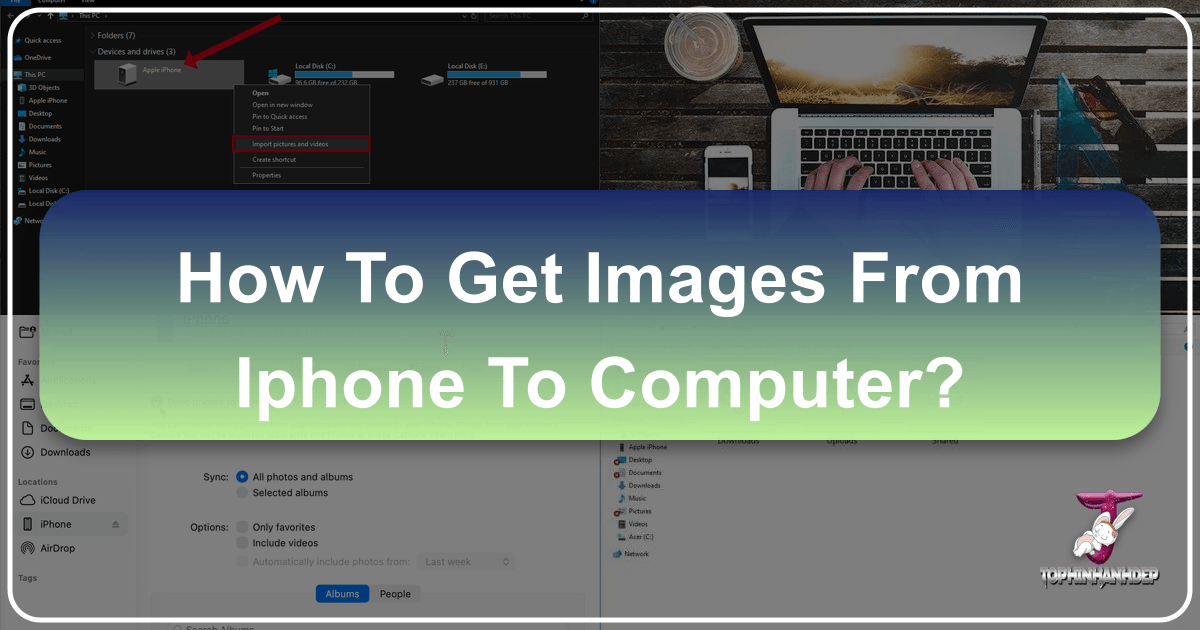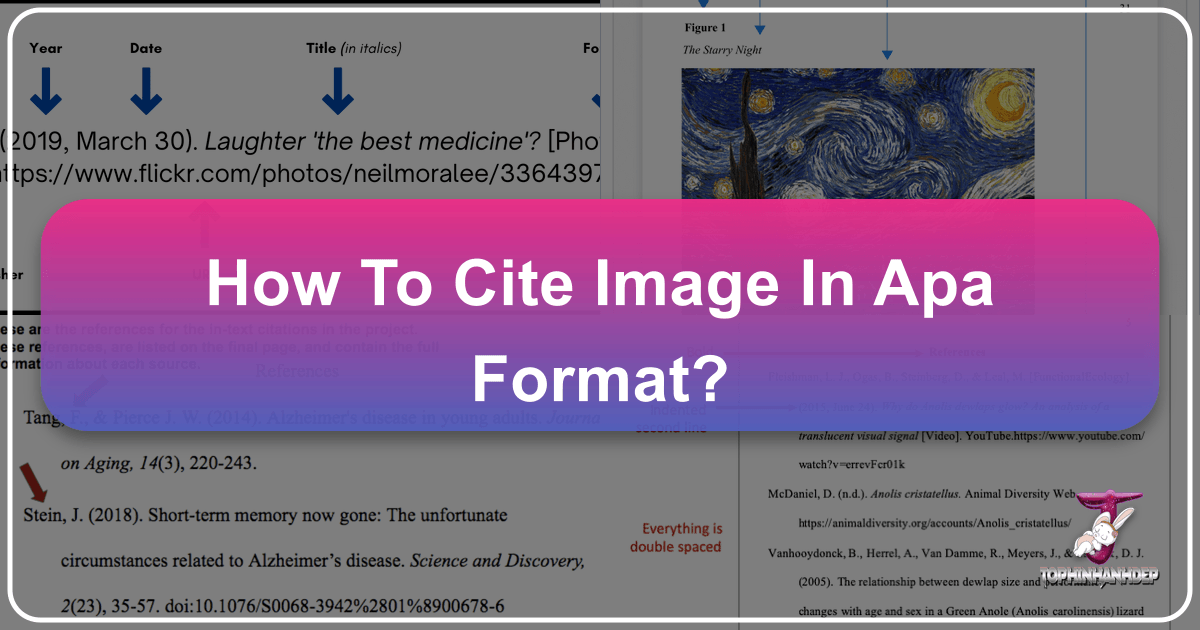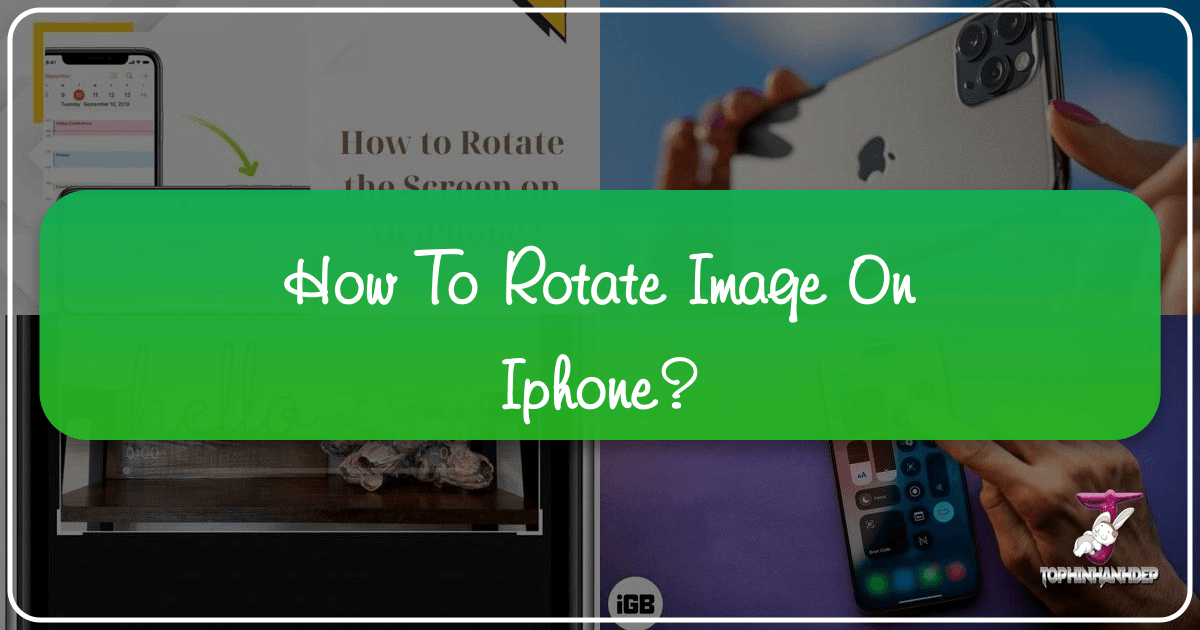Mastering iPhone to Computer Photo Transfers: Your Ultimate Guide for Tophinhanhdep.com
In an era where our iPhones have become powerful pocket cameras, capturing stunning high-resolution images of everything from breathtaking nature scenes to intimate aesthetic moments is second nature. However, the sheer volume of beautiful photography, digital art, and even simple daily snapshots can quickly fill up your device’s storage. Transferring these precious memories and creative assets from your iPhone to your computer isn’t just about freeing up space; it’s a vital step for archiving, advanced editing, creating magnificent wallpapers and backgrounds, and preparing images for various visual design projects. For enthusiasts and professionals alike, a computer offers the robust environment needed to truly polish and manage your collection, whether you’re converting formats, optimizing file sizes, or experimenting with photo manipulation.





